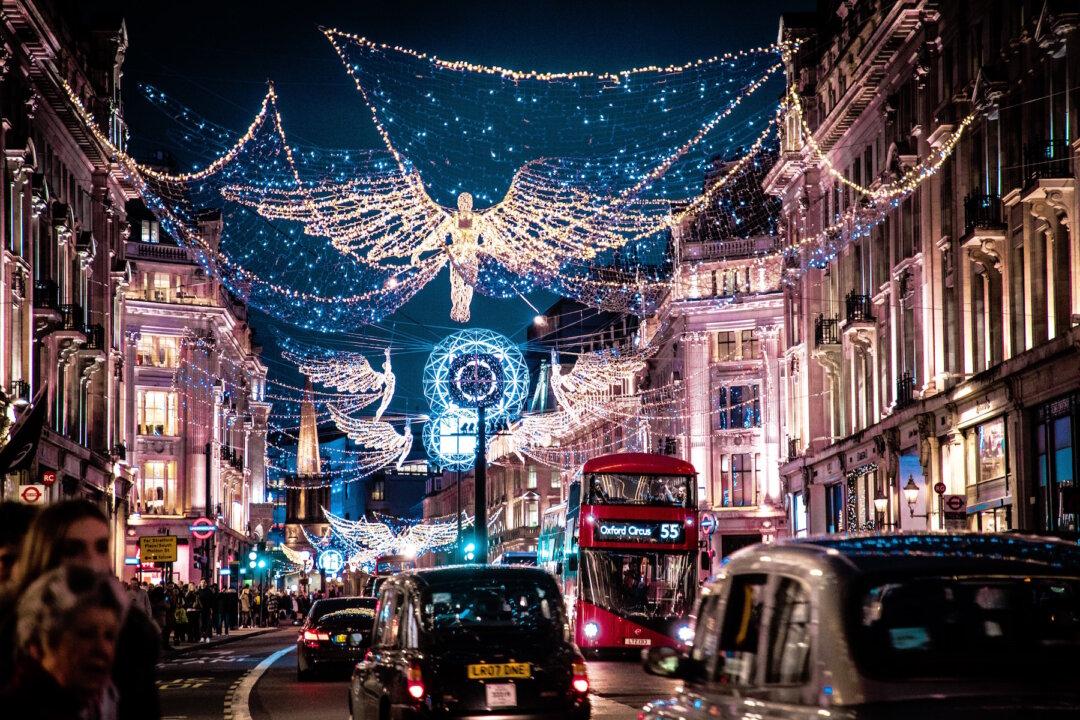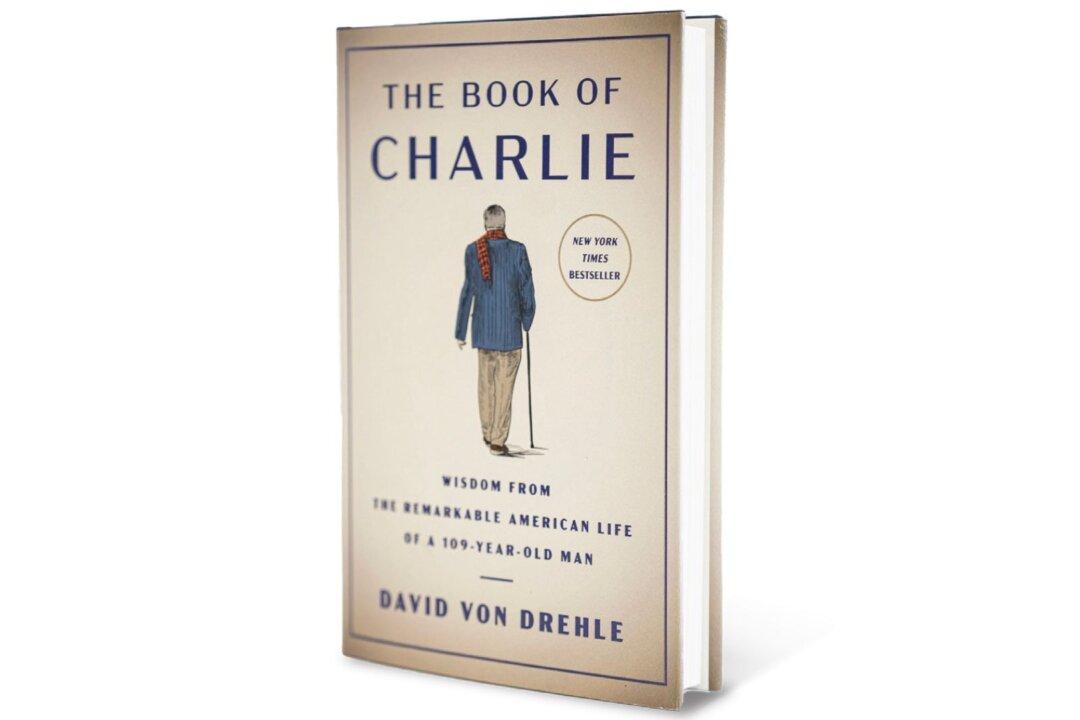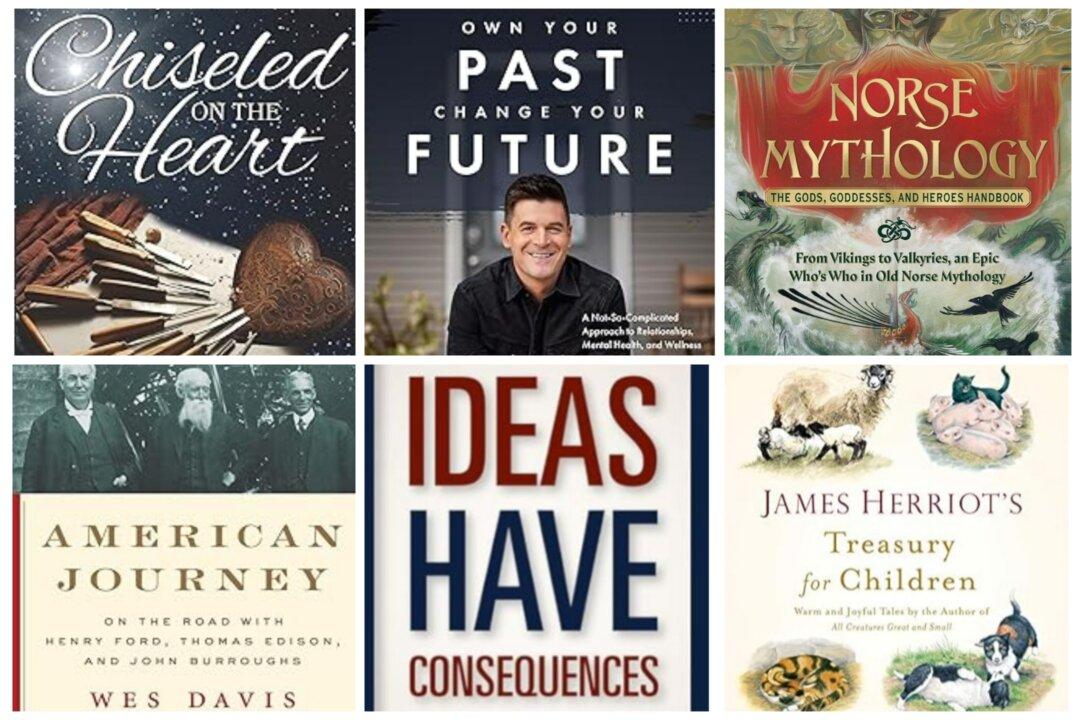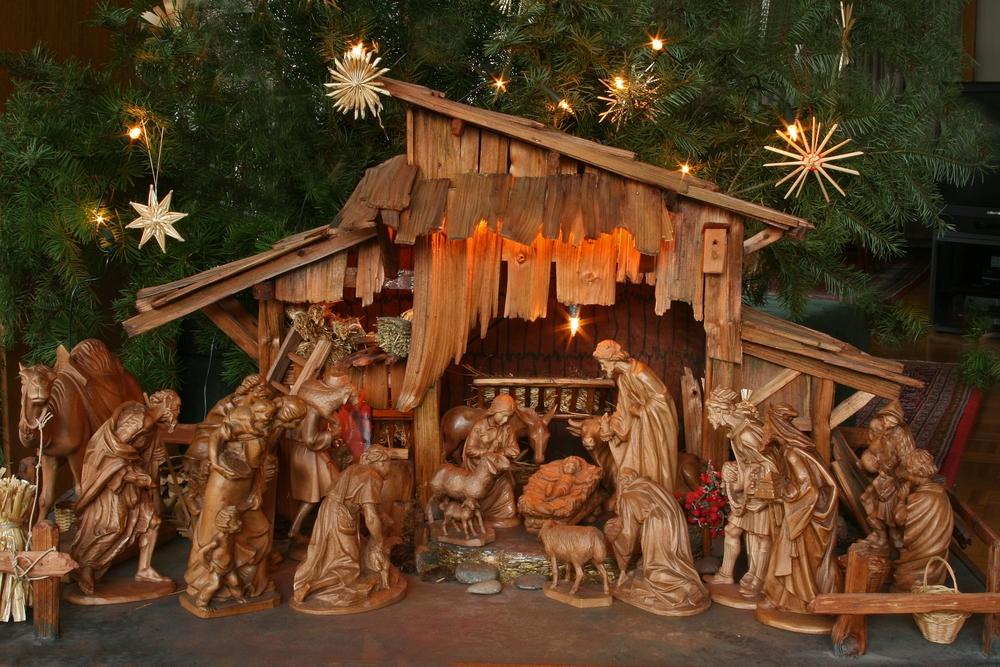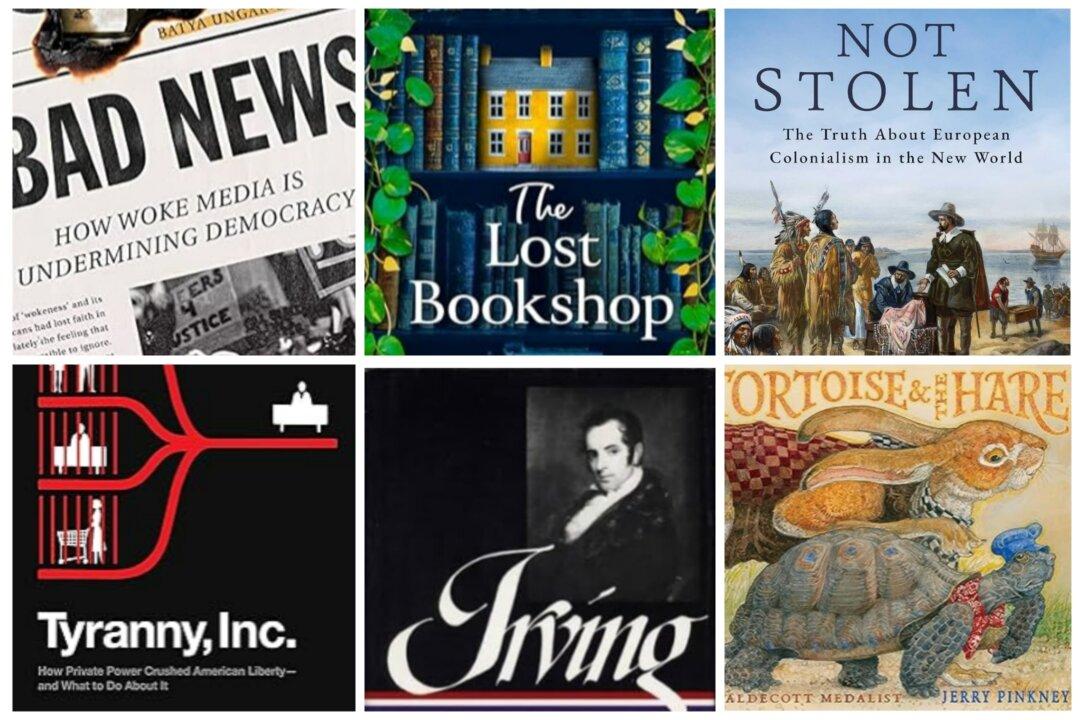When I was growing up in the ‘50s and ’60s, the passage from Thanksgiving leftovers to packages under the tree started with my mother.
On the first Sunday of Advent, she would assemble an evergreen wreath with four candles—three purple and one pink. Some years, she would attach satin ribbon bows to the base of the candles. Each week leading to Christmas, she would light one candle. On Christmas Eve, a white candle would be placed in the center of the wreath. I loved the ritual and the spiritual preparation.

